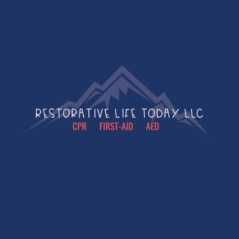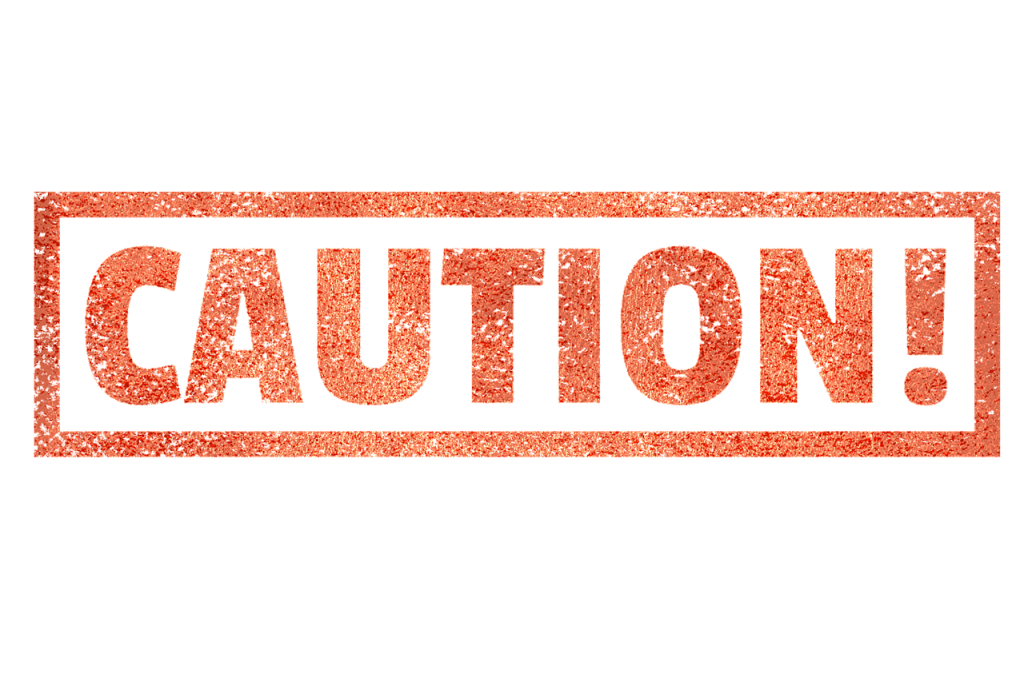
Assessment: Make sure the scene is Safe for you.
Look for Life threatening conditions. (Check for illness or injury) Look for medical jewelry.
Check for Responsiveness.
Bleeding or Difficulty Breathing
What injuries could there be? Don’t move the victim unless in danger or for reasons of having to do CPR. Check Good Samaritan Law in CPR course.
Call 911
Good Samaritan Law
Exists in all 50 states. It is designed for people to stop and render care to an ill or injured person, and not being held for a civil liability . It is expected the service to be done without payment or expectation of gift. If a person is unresponsive, it considered “Implied Consent” to perform CPR and take care of the individual with-in your scope of training and knowledge. If the individual is responsive and coherent, you need to ask for their verbal consent to help them. You can always call 911.
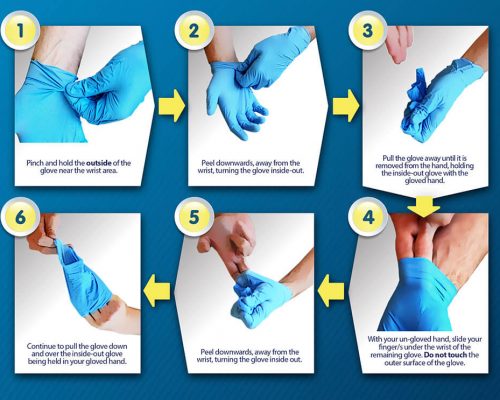
Use Personal Protective Equipment at all times.
is protective clothing, helmets, goggles, gloves or other garments or equipment designed to protect the wearer’s body from injury or infection. The hazards addressed by protective equipment include physical, electrical, heat, chemicals, biohazards, and airborne particles.
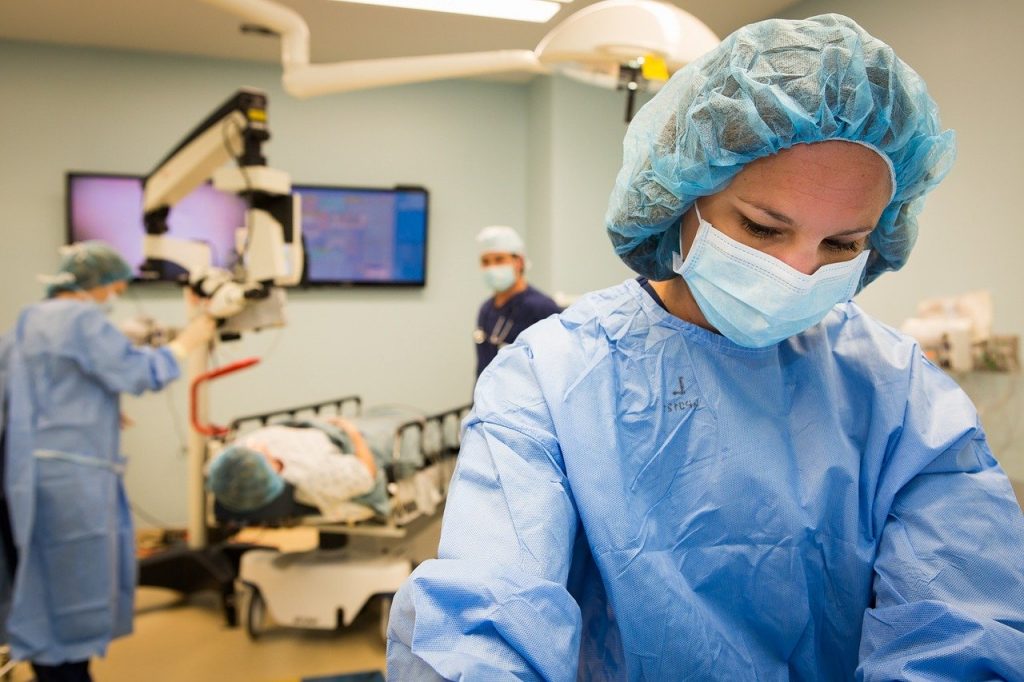
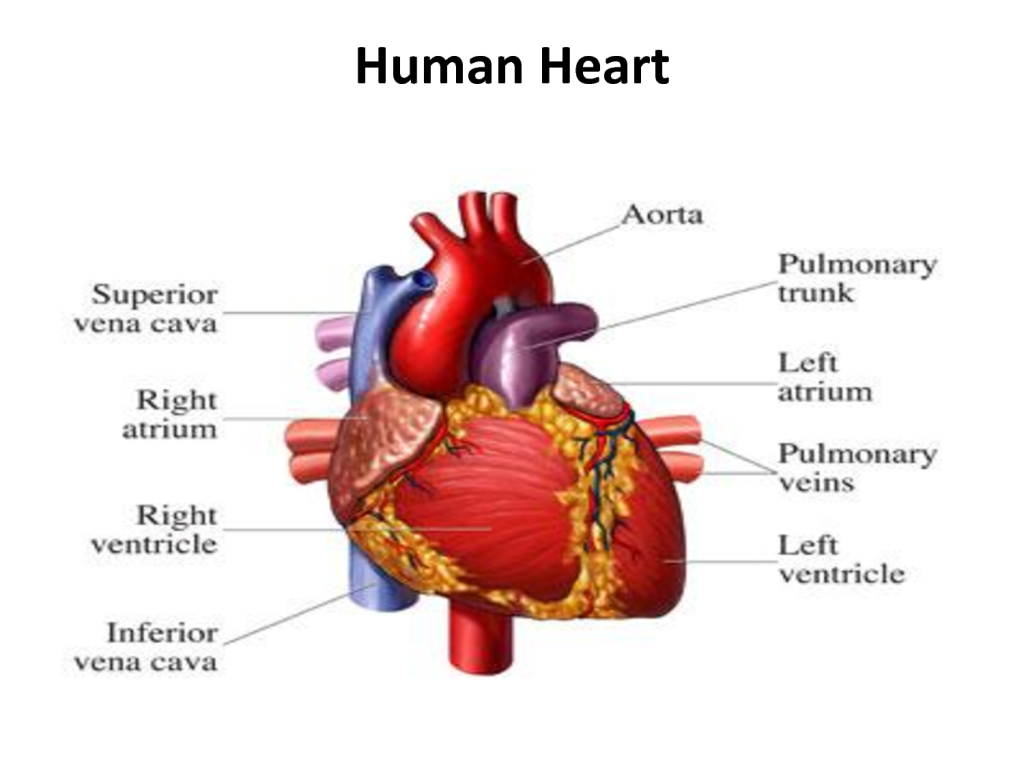
Heart attack (coronary artery disease) occurs when a clot (fat and cholesterol on the walls of the artery) blocks a narrowed coronary artery and deprives the heart of oxygen. The victim feels discomfort (chest pain, shortness of breath, pale cool sweaty skin, dizzy, nausea and vomiting) due to the heart muscle dying.
Call 911, Don’t Delay! Loosen clothing, keep person calm, give 1 Adult or 2 Baby aspirin if there is no allergy to aspirin. Have them CHEW NOT SWALLOW!
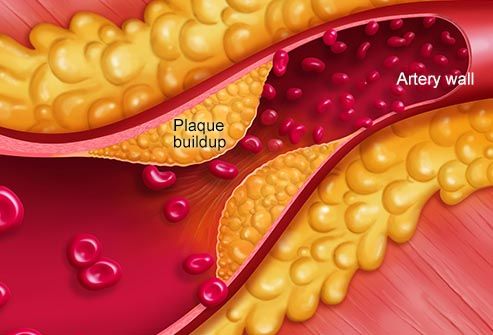
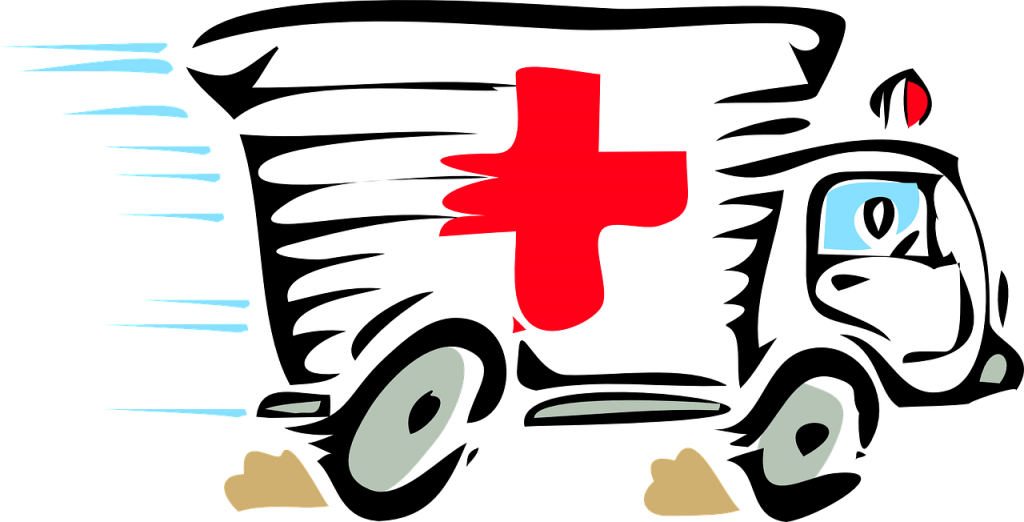
Shock (life-threatening condition that occurs when the organs of the body don’t get enough blood and oxygen. This can cause serious organ damage and lead to death.)
This can be caused by heart attack, bleeding, heat emergencies, infection, allergic reaction, trauma.
Keep the body temperature as normal as possible. Place a blanket over the body and lie flat on the floor. This will help to improve blood flow to the brain and vital organs. Don’t give anything to drink, as it may increase vomiting and aspiration.
Call 911 and stay with the victim until emergency help arrives.
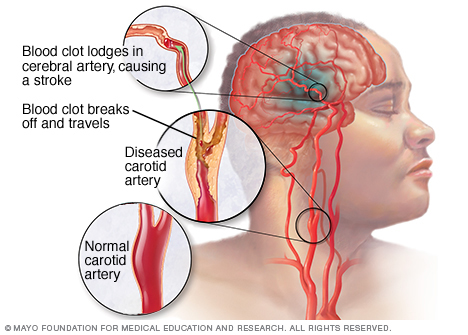
Stroke (injury to the brain caused by restricting blood flow to the brain, when a blood vessel is either blocked or bursts) Recognize the symptoms, and seek immediate help! NoAspirin!
F: Facial Drooping
A: Arm Weakness
S: Speech Slurring
T: Time (seek medical help right away to reduce the chance of disability and survival .
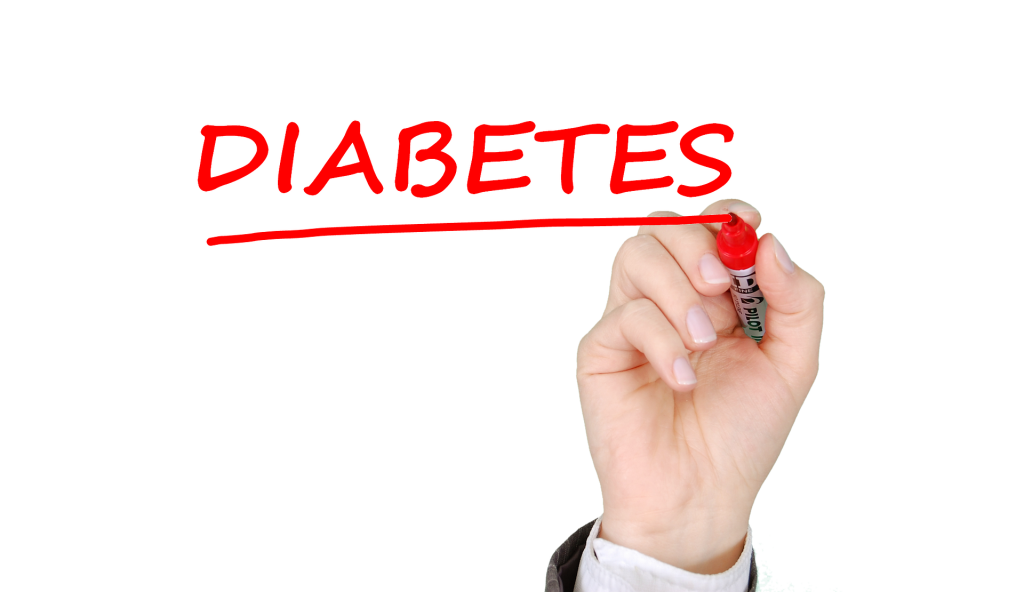
Diabetes (disease that affects the person’s ability to process sugar. Whether the blood sugar is too low or too high treat the same. If too low, they need sugar immediately that will be fast acting or sugar too high, still give sugar because not as life threatening, and can get balanced easier that avoiding the situation.)
Signs would be confusion, irritability, pale, sweaty, rapid breathing, hunger or thirst.
Give fast acting sugar that would be orange juice, candy, coke, etc.
Person could become unresponsive, start CPR, if responsive, Stay with victim until sugar gets regulated or call 911
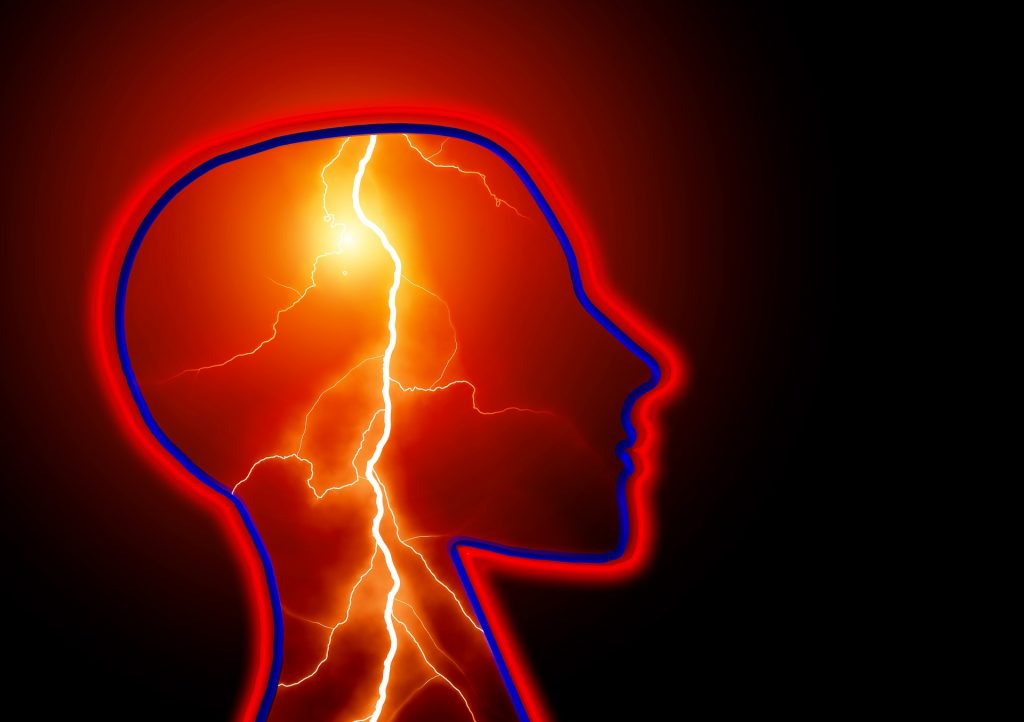
Seizures: (abnormal electrical activity in the brain causing loss of awareness and change in behavior. Involuntary movements, staring, eye movements, drooling, nausea and vomiting, can have hallucinations, and possibility of unresponsiveness)
These can be cause by epilepsy, head injury, stroke, drug overdose, poisoning, low blood sugar, trauma, or heat stroke.
Don’t restrain! Move away anything that could cause injury. Don’t worry about mouth injuries until after seizure. After seizure, roll responsive victim on side in recovery position, if unresponsive start CPR
Call 911
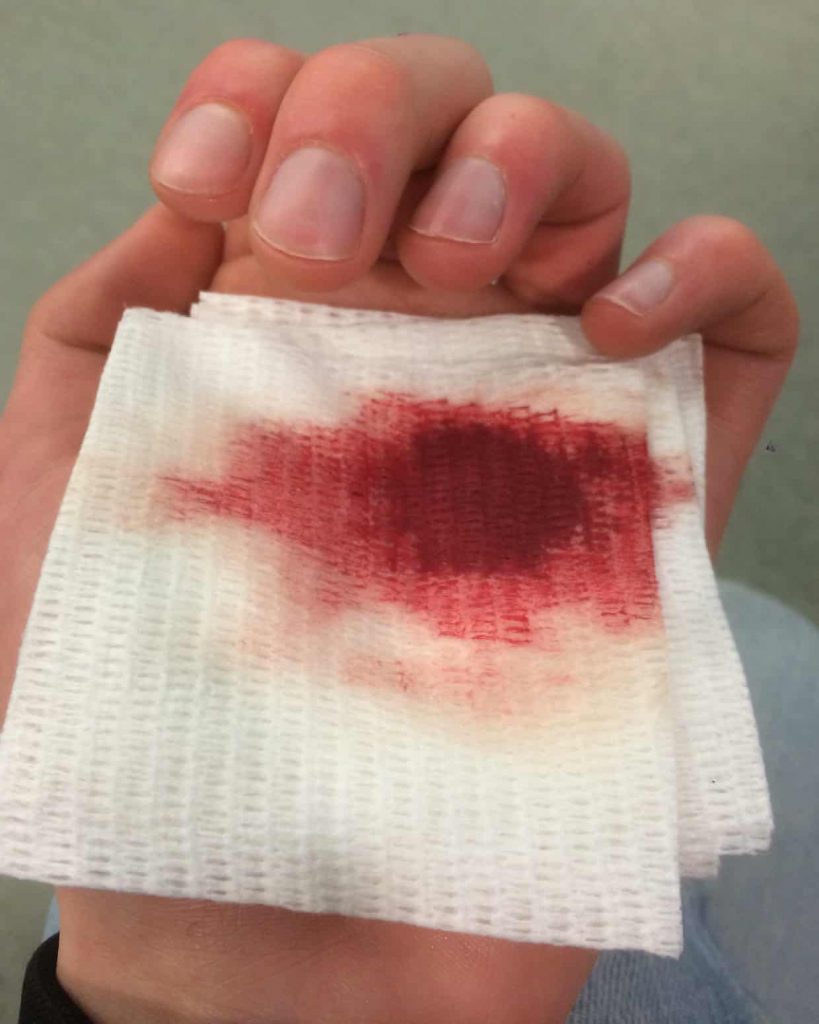
Bleeding & Wounds
An open wound can be minor or serious, which could be life-threatening.
Types of injuries and treatment:
Minor Open Wound can be controlled by applying sterile, absorbent material with pressure on the wound, until bleeding stops. If blood comes through the gauze or absorbent material, Don’t remove, but place another one on top. Cover with clean bandage, wrapping securely 2′ above wound and 2″ below. Seek medical help if you believe the person may need stitches to close the wound.
Severe Bleeding involves blood spurting or flowing out from wound. The loss of blood can be life-threatening and the person may go into Shock! Apply pressure first, if uncontrolled and bleeding doesn’t stop, a tourniquet may be necessary.
Applying a tourniquet much be 2″ above the injury, but not on a joint. Tourniquets can be made by one cloth (scarf, tie, thin towel, sleeve of a shirt) and a hard object (knife, screw driver, anything long and hard)
Make a knot above wound with cloth, place the hard object within the knot. Begin to Twist until bleeding stops. Secure the cloth from twisting out, and write the time the tourniquet was placed. Call 911
Penetrating or Impaled Objects can be serious. Don’t remove the object unless it is obstructing the airway. Place a sterile stable dressing around the object and seek medical attention.
Gunshot Wounds need to have immediate attention by the care of an emergency responder. Follow steps of severe bleeding injury. Look for exit wounds. Do not move patient, unless the need for safety or CPR
Internal Bleeding can go undetected. Do not take this lightly. This also can be life-threatening. This can result from an injury or an bleeding ulcer or other organs. The signs could be pain at the sight of the injury, blood coming from a natural opening, vomiting and coughing up blood, blood in the stool. Look for signs of possible shock. Call 911, keep victim calm, control any external bleeding.
Mouth Eyes Nose
EYE: Small foreign objects, sand or dirt are usually removed by tears. If the object remains, flush out with lukewarm water while keeping the eye open. Lift lid if object needs to be flushed from there as well. Chemicals can also effect the eye and need to be flushed immediately with the affected lower than un affected eye.
NOSE BLEEDS: Pinch the tip of the nose with a clean dressing or cloth. Lean the head forward until bleeding stops. If bleeding doesn’t stop seek immediate medical care.
ADULT TOOTH INJURY: Tooth that has been fully knocked out, keep the tooth in milk, egg white, coconut water or your own saliva. Hold the tooth by the enamel and not by the root. Some fibers still may be remaining on the root for re-insertion by a dental or oral surgeon professional. Don’t put the tooth back in the mouth, rather put a clean dressing for the bleeding area.
AMPUTATION: Take the amputated part in dry sterile gauze or cloth and place in a plastic bag. Place that bag on ice, where the skin is not directly exposed to the ice.
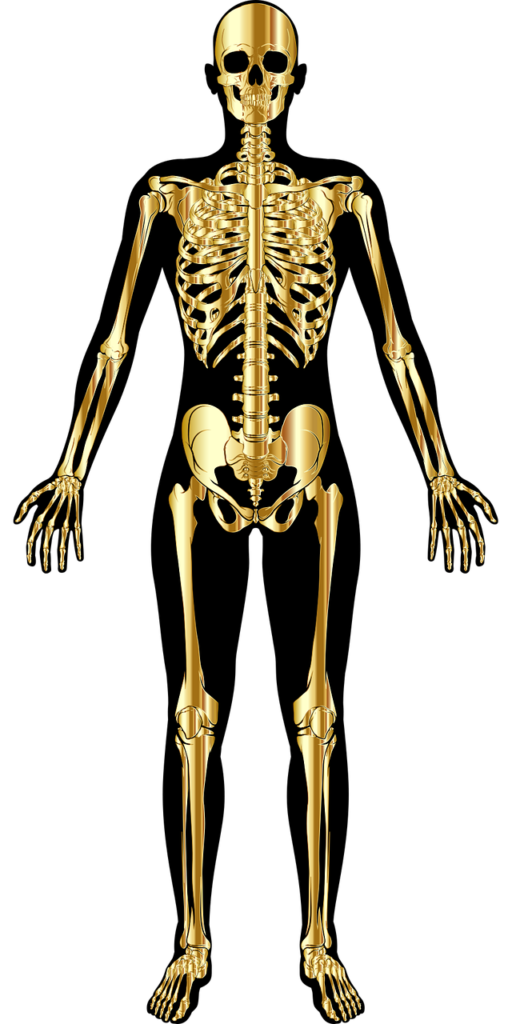
Spinal injury could be at any part of the vertebrae, which starts at the base of the brain to the coccyx. It consists of a spinal chord running through the center of the vertebrae.
Consider any trauma to the area if it was related to Motor vehicle, motorcycle/scooter, bicycle crash, fall of any kind, any sport that would use force.
Symptoms that could appear, pain in the area, numbness, tingling, loss of sensation, paralysis, bladder and bowel loss, altered mental status. Don’t be fooled if these symptoms don’t appear immediately. They can worsen over time.
It is best to stabilize the victim in the position found. Watch for possible shock (cover gently with a blanket). Watch for breathing. The good Samaritan law will come into play, if they go unresponsive and not breathing. Remember Cardiac Trumps Trauma.
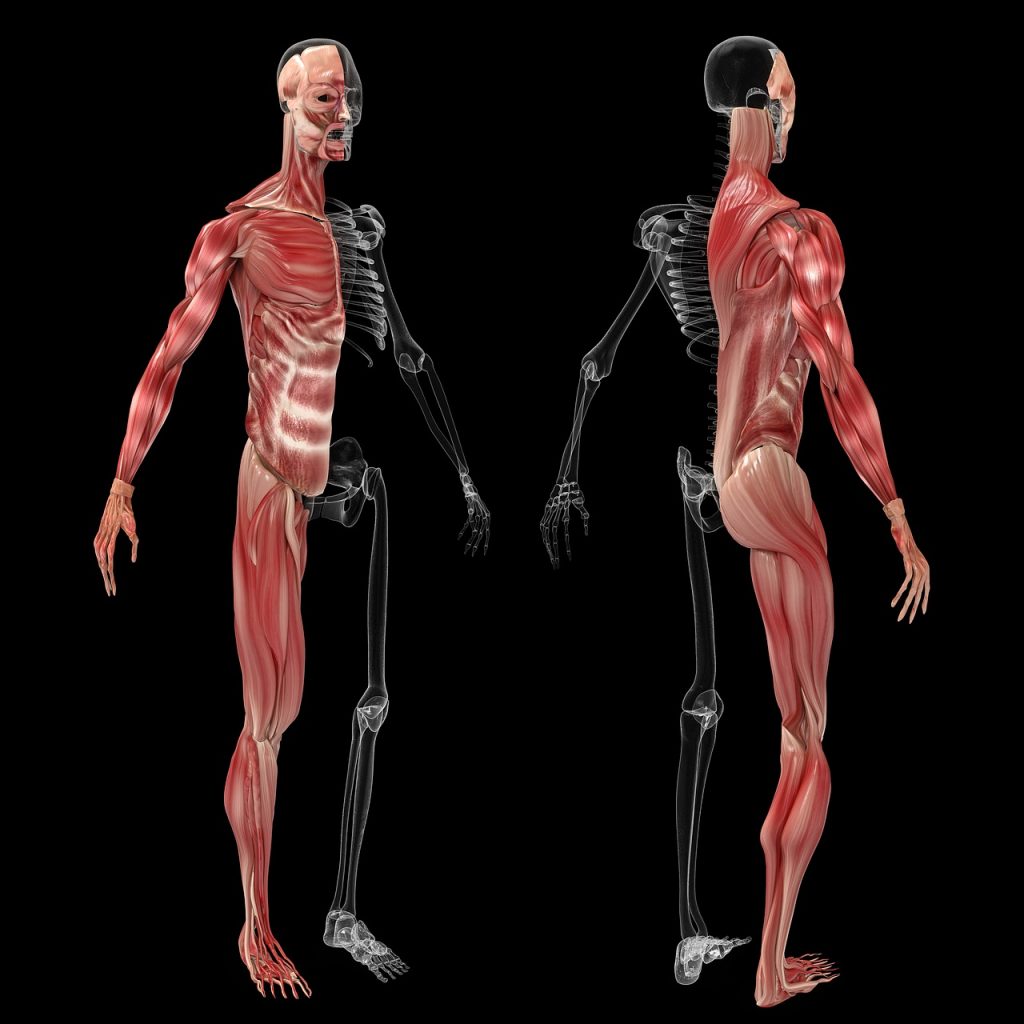
Muscles Bone & Joint Injuries (fracture is a break in a bone by excessive force & strain. Dislocation is when the bones joined at the joint separate. Strain is stretching or tearing of a muscle or tissue connecting muscle to bone or tendon)
Symptoms include pain, swelling, limited ability to move.
When to Splint: When a bone is visibly broken, don’t splint. Splinting helps to immobilize the fracture or strain while seeking further medical attention. Splint the injury in the position found above and below injury.
Cover open wounds with a sterile dressing. Control bleeding with pressure. Apply ice in a moist wrapped cloth for 15-20 minutes. Watch for Shock!
R Rest
I Ice
C Compression
E Elevation

Burns are classified by the depth of the burn. 1st degree burn can be thermal (due to sun exposure) or coming in contact with hot object. Use a cool damp cloth or run in cool water (not cold) for 20 minutes to reduce the pain. Don’t put any topical antibiotics or burn cream on until the heat escapes from the cool water.
2nd degree can be treated the same as the 1st, depending on the size of the burn and possible infection. Otherwise seek medical attention, if the burn seems to be getting worse with time. 3rd degree burn needs medical attention. It can cover a larger part of the body or even be burnt below the first level of skin tissue. Chemical burns can be very hazardous and should be known what chemicals the person is dealing with. A simple brushing or cleaning water may be all necessary, but definitely look at the labels and know your product and how to remove properly.
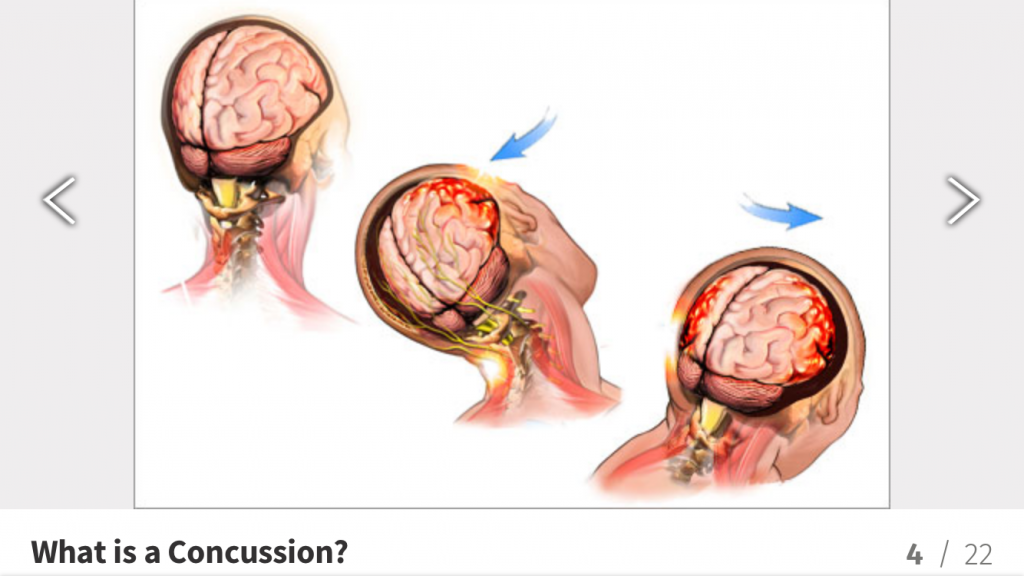
Concussion also called mild traumatic brain injury (this can occur from a blow to the head by sports, recreation activities, car and bike accidents, fall and fighting)
The brain is soft tissue with spinal fluid. The skull is the protective barrier. Impact upon the skull can cause the brain to shift and move, which can cause bruising, injury to the nerves and blood nerves and blood vessels.
Signs can be confusion, clumsiness, slurred speech, nausea, vomiting, headache, ringing in the ears, behavioral changes.
Definitely see medical attention. The healthcare professional can decide how serious the concussion is, and whether the individual requires treatment. This can be serious, so let the healthcare professional make decisions on further testing to rule out bleeding and other possible injuries
Breathing Difficulties
Allergic Reactions can be caused by bee stings, nuts, eggs, shellfish, dairy products, chocolate, latex and certain drugs. Signs are hives, sneezing, congestion or rash in a mild case. Sever would be tightness in the chest and throat, swelling in face, throat and tongue, difficulty breathing, vomiting and shock. Epipens are available to treat severe allergies and mild can be handled with over the counter allergy treatment in most cases, but a professional should be seen for further recommendations.
Asthma is a long term problem making it difficult for a person to breathe. The tubes that carry air to the lungs get narrow by inflammation and mucus, making it difficult to breathe. There is no cure, but most people are aware and control their symptoms. Position the person in a comfortable position sitting up. First hand smoke and second hand smoke can play a role in this, as well.
Poisoning can occur through exposure to a substance that produces an undesired effect. This can include eating, drinking, inhaling gas and fumes, chemicals through absorbed through skin, injection by bite, sting, hypodermic needle, and some plants. Prevention of locking up household items, medication, using smoke and carbon monoxide detectors can play a huge role.
1-800-222-1222 (Poison Help)
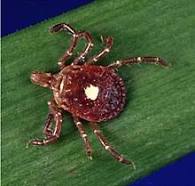
Lonestar tick has the white dot on back. It can cause Rocky Mountain spotted fever and can also create an (alpha-gal meat allergy in your body that can produce an allergic life-threatening response.
The deer tick and black legged can cause Lyme disease. Pull tick out with tweezers making sure to get the head. Place and keep tick in a bag, if needed for further exam. Watch area for any sign of infection.
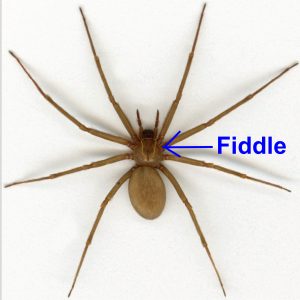
Spider bites with the black widow and brown recluse posing the most danger threats. Wolf spider can also cause a problem. Watch for severe pain or burning at the site, swelling, itching, painful joints, difficulty breathing and rapid heartbeat. Circle around the bite with a pen, if anything comes out of the circle (redness, whelping, rash) seek immediate medical attention.
Snake bite should be observed whether it was a poisonous snake. A poisonous bite mark has puncture wounds. Keep calm, call 911, stay in location and don’t move to create blood flow through the body, keep bite area lower than the heart, wait for help to take to a facility with anti-venom medication.
Marine animals remove the barb if superficial, not impaled, hot water for 90 minutes, seek medical help to clean the wound. Tentacles can be removed with a stiff card, and pour vinegar or baking soda on the area.
Animal bites, clean with soap and water, if bleeding apply pressure. Seek medical help for further observation and report the animal to proper authorities.
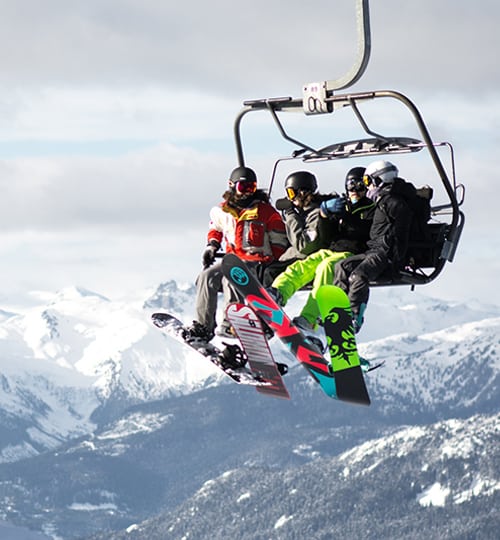
Cold Related Emergency can cause hypothermia (prolonged exposure to the cold and body temperature gets too low) Some risk factors are that certain disease and elderly people don’t experience the sense of the cold elements. Remove wet clothing. Wrap in a warm dry blanket and watch for signs of shock and seek medical attention! Frostbite is the actual freezing of body tissues. It can affect ear, nose, hands, cheeks and feet. Many times a person doesn’t know there is frostbite due to the tissue being numb. Warm areas with warm water gently and don’t put any extreme hit on the area. Seek medical attention.
Heat Related Emergencies can also be life-threatening. These emergencies can be classified to
Heat cramps due to dehydration and not cooling down when needed. Go to a cool place and drink water or sports drink. Massage the cramped area. Activity can be resumed after cooling down. Heat exhaustion can come on quickly. This can be an intense thirst, pale cool skin, dizziness, headache and nausea. Stop activity and lie down in a cool location. Remove clothing. Give sports drink and water. Call 911 if person doesn’t improve. Don’t resume activity!
Heat Stroke the body can’t hold its temperature, and so the body temperature rises quickly. Dry skin, slurred speech, dizziness, headache , fast breathing, and seizures. Immediately call 911. Immerse or spray individual with cool water below the neck. A person can become unresponsive. Start CPR
